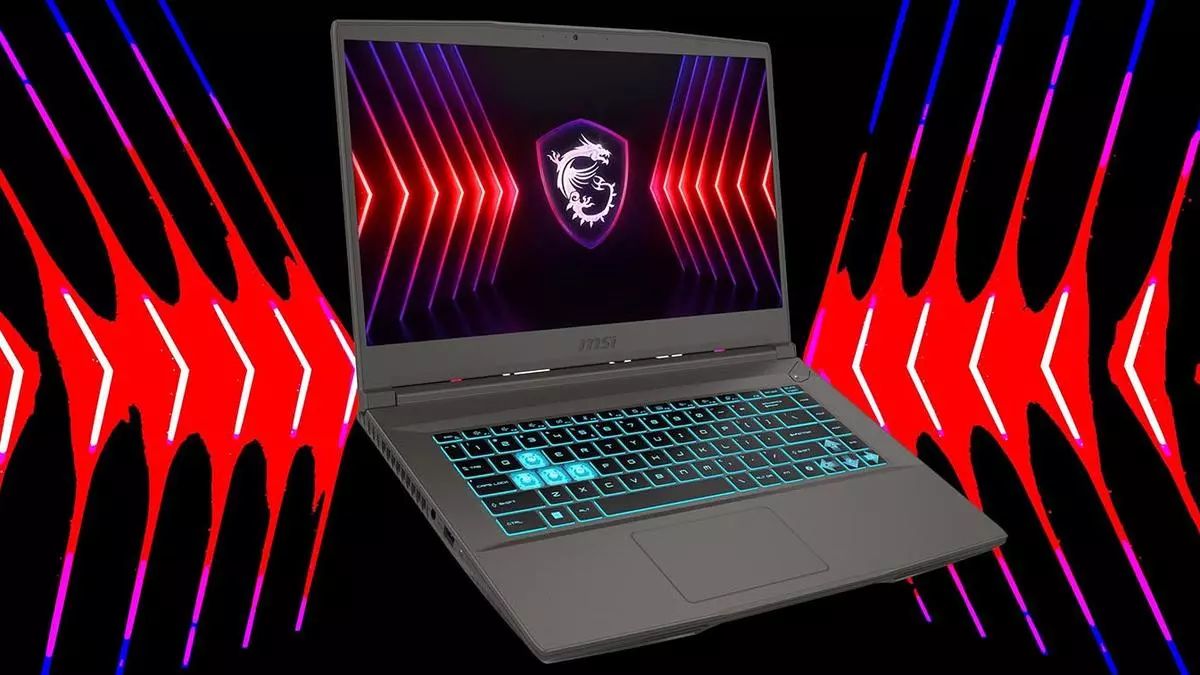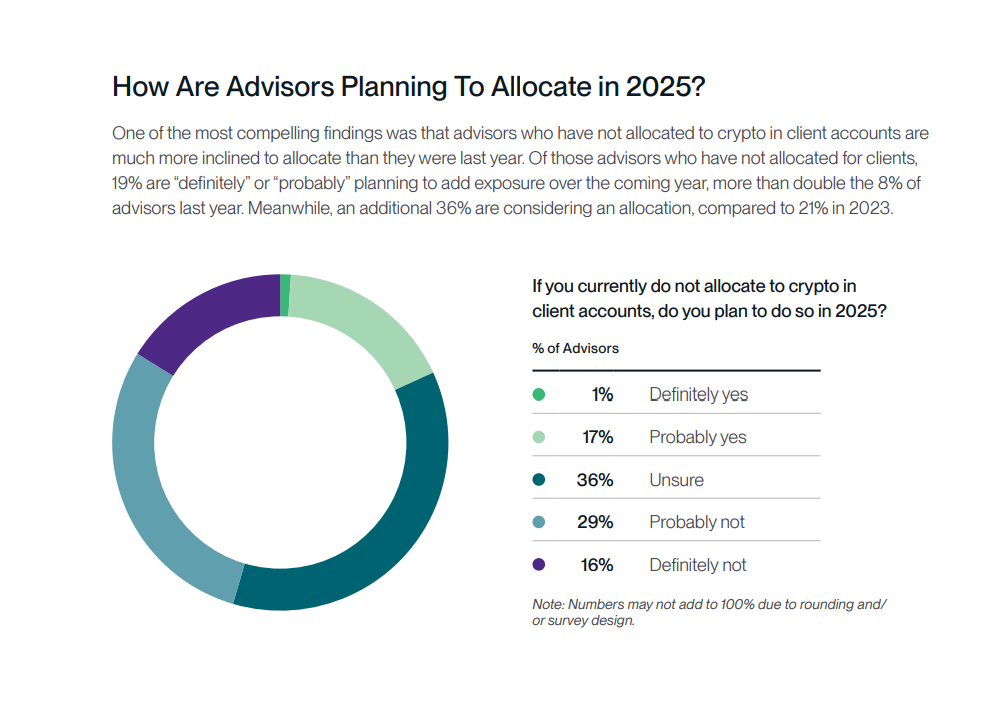When Carolin Gnebner decided to pursue physics research, she assumed she’d eventually spend her days working in a lab, alone. But during grad school, she learned that, to the contrary, science is teamwork.
She wanted to make sure other students knew. “There are so many nice people with great ideas working together,” she says. “I saw all the colors of science and I wanted to show young students that it is so much more than just measuring something. It is collaboration and it is fun.”
To spread this message, Gnebner, who is now the scientific coordinator of astroparticle physics outreach and education projects at Deutsches Elektronen-Synchrotron DESY in Germany, created International Cosmic Day.
Every year in November, high school students, teachers and scientists get together to talk about cosmic rays. Cosmic rays are high-energy particles from space, such as muons and neutrinos, that rain ceaselessly upon the Earth.
On ICD, students work like astroparticle scientists, who detect cosmic rays to learn more about their celestial origins. Participating classes work together using real detectors. They then present their results to their global peers. “The main point is to work like a scientist,” Gnebner says: “Make a measurement, let others know about your findings and discuss these results.”
Gnebner compiles the results from each group in a booklet akin to real conference proceedings. She has done this since the inaugural ICD in 2012.
Under one sky
In the early years, every group would conduct the same kind of muon-detection experiment and post their findings to a website. Today, students can conduct any kind of cosmic-ray-related experiment they want, and graduate students at DESY coordinate ICD through a series of video calls.
Lea Preece, a PhD student at the University of Hamburg, has helped Gnebner organize ICD for the past three years. She says she was nervous to host her first video call. “But my general experience is that the students are always really fascinated,” she says. “It was such a nice experience to see that everybody is excited to meet each other.”
Most groups collect their data the day before ICD, but others may take data for weeks in advance. One year, a group from the island of La Réunion collected data for half a year by putting a detector on a ship to measure how latitude affects muon flow.
Classrooms borrow their detectors from local institutes and organizations, such as the QuarkNet Collaboration, a program that partners high school science teachers with particle physicists.
But students don’t need a partner institution to participate. Students without access to detectors can still analyze real muon data using a website developed by DESY, Cosmic@Web—another of Gnebner’s ideas.
Guest scientists from around the world join the video calls to share current astroparticle physics research, and students can participate in a “cosmic selfie” contest, a cosmic particle drawing contest, and online quizzes.
More students have gotten involved in ICD every year. In 2012, 500 students from eight countries participated. Last year, several thousand students from 19 countries participated. “Even though the students look different and have different detectors, when they show their data, they see they’re measuring similar things,” Gnebner says. “I like this very much.”
In 2022, ICD celebrated its 10th anniversary by producing a video featuring past participants, some of whom have gone on to become astroparticle physicists.
“Over the years, you see how the students grow up and they find their ways in science or something similar,” says Gnebner, who stays in contact with some participants. “You can make an impact with this one day. That’s why it’s so important that we do ICD every year.”
Inspiring the next generation of scientists
Although DESY provides the framework and learning materials for ICD, it’s up to the participating teachers and students to decide how their International Cosmic Day will play out.
In 2023, Dylan Guilford, then a junior at Winamac Community High School in Indiana, spent a week measuring how temperature and pressure affected the influx rate of muons in a detector. He says he was surprised at how much the experience affected him. “I thought [ICD] was just another boring thing that we had to sit through in class, but it turned out to be quite fun.
“It definitely changed my perspective on how research is done and how impactful we as students can be. Showing that I could produce data really motivated me to become more involved in particle physics.”
Though Guilford says at first, he thought presenting was awkward, he quickly began to appreciate the ICD’s international reach. “I didn’t think I would ever meet people from Japan or other countries, so it was a cool experience to talk to them about our data.”
This year, Guilford is excited to participate in ICD for the second time.
His physics and math teacher, Jeremey Wegner, has been participating with his classes since 2012. Wegner says his favorite part is when ICD gets students excited about physics.
“I appreciate the work that Carolin and everybody at DESY does to coordinate all of these schools across the world,” he says. “For a small school like ours to be able to participate is a great experience for our students to see that physics is about collaboration and community; it’s not just one old guy off in a room by himself trying to answer questions.”
The 13th ICD will be held on November 26. Registration closes two weeks before the event. Interested teachers and students can visit ICD’s website to learn more, sign up and get ideas for experiments and other activities.
“I would definitely just say to go and try it,” Guilford says. “Once you learn what cosmic rays are and how impactful they are to our everyday lives, I think it can be life changing. ICD was super fun, and it helped me decide what I want to do in my life.”








Leave a Comment